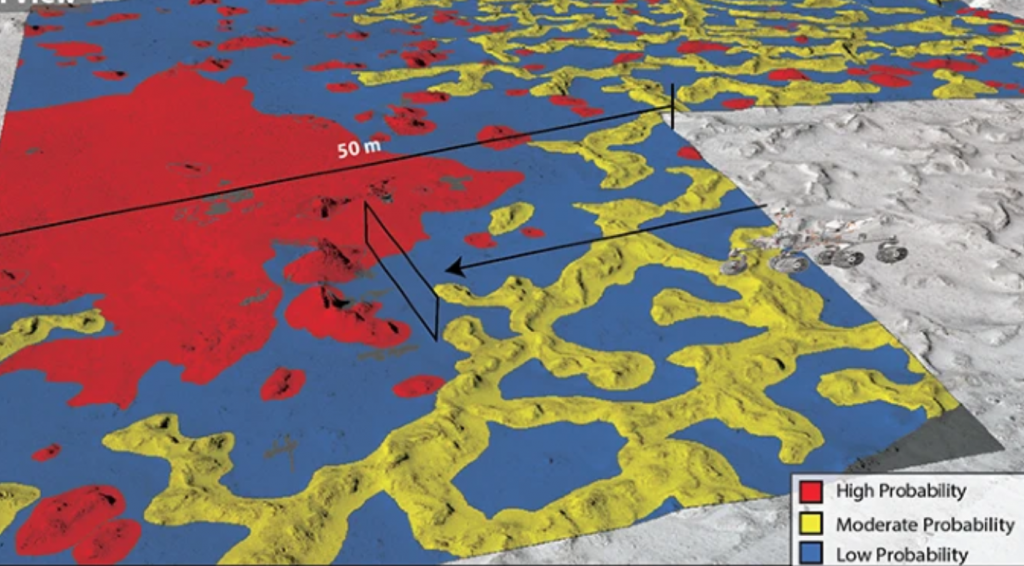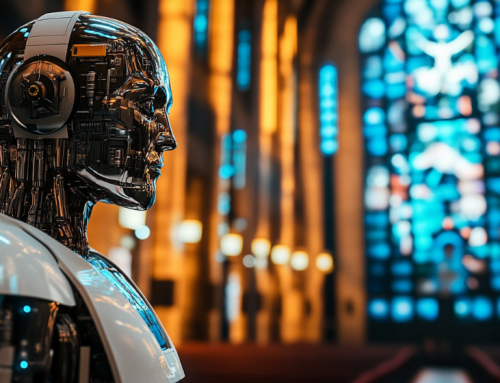
The SETI team led by Kimberley Warren-Rhodes input data into an AI-based convolutional neural network (CNN) and a machine-learning algorithm that in turn predicted where life was most likely to be found in the Atacama Desert of the Andes. (Source: M. Phillips, K. A. Warren-Rhodes & F. Kalaitzis)
Astrobiologists Test AI to Find Biosignatures in Andes Mountains of Chile for Mars Research
Using a combination of drone footage, geochemical analyses and DNA sequences, a team of researchers are preparing AI to analyze data gathered on Mars to determine if it has living organisms, according to a story on Nature.com.
“A team of researchers have successfully trained an AI to map biosignatures — any feature which provides evidence of past or present life — in a three-square-kilometre area of Chile’s Atacama Desert. The AI substantially reduced the area the team needed to search and boosted the likelihood of finding living organisms in one of the driest places on the planet. The results were reported on 6 March in Nature Astronomy1.”
Kimberley Warren-Rhodes, a senior research scientist at the SETI Institute in Mountain View, California, and lead author on the paper, has developed methods to identify life on other planets since the early 2000s. She leveraged her background in statistical ecology with AI and machine learning. Based on the limitations of collecting specimens, she developed strategies for maximizing the selection of locations and using advanced technologies. Rovers controlled remotely from Earth and drones are the main way of collecting specimens and data.
“By targeting their sample collection on the basis of AI feedback, the researchers were able to reduce their search area by up to 97% and increase their likelihood of finding life by up to 88%. ‘At the end, you could plop us down, and instead of wandering around for a long time, it would take us a minute to find life,’ Warren-Rhodes says.
By searching for endoliths in the Atacama Desert, the team discovered they were most likely to be located in alabaster and aggregate in “transitional areas” between microhabitats. That information could help scientists narrow down potential locations in Mars.
“I’m very impressed and very happy to see this suite of work,” says Kennda Lynch, an astrobiologist at the Lunar and Planetary Institute in Houston, Texas, who studies biosignatures. “It’s really cool that they can show some success with an AI to help predict where to go and look.”
read more at nature.com







Leave A Comment